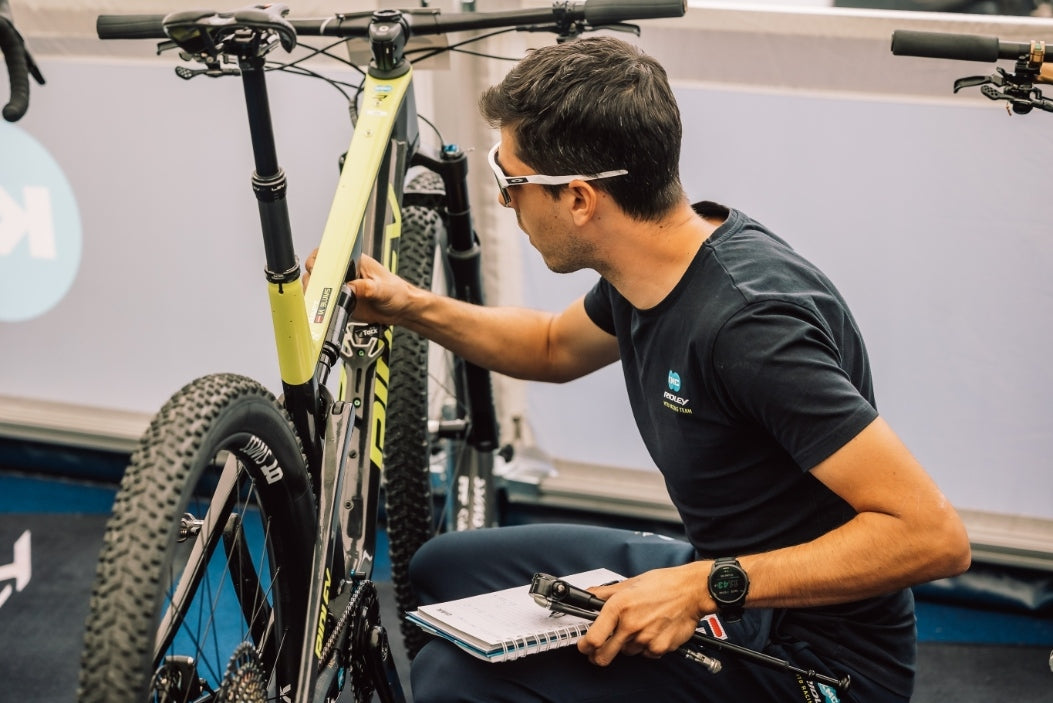Preventing Stanchion Wear: Key Causes and Solutions for Forks and Rear Shocks

Stanchion wear is a common issue in both forks and rear shocks, especially for riders covering long distances each year.
While many service shops attribute this wear to coating issues from poor maintenance or faulty O-rings/wipers, the real problem often lies in bushings, pivot stiffness, or a lack of pivot/linkage bearings, along with flexing in the fork lowers relative to the fixed uppers.
In rear shocks, poorly maintained linkages, bearings, and endpoint bushings are frequent causes of stanchion wear.

DT Swiss: A Solution
DT Swiss offers a solution for rear shocks with spherical ball joint bushings, allowing the shock to move independently from the frame and pivots, adapting to frame movements. This design is commonly used in motorcycles.

Coating thickness varies by brand, often measured in microns. Popular options include black and gold coatings, with Fox's Kashima coating being well-known. These are primarily aluminum to keep weight low.
Bushing Expansion Trend
Recently, a trend in service shops is bushing expansion. Specialized tools widen bushings for smoother stanchion movement and reduced friction. While this temporarily improves performance, it may lead to flex, accelerated coating wear, and oil leaks over time.
Our previous article on bushing expansion covered the real causes of poor front suspension performance, like imprecise axle alignment and overtightened wheel bolts.
Rear Shock Issues
In rear shocks, worn coatings often result from frame kinematics and poor linkage maintenance. The damping shaft may experience excessive friction and flex, leading to wear or breakage. Trunnion shocks, like those on Scott bikes, can face air loss issues, with frequent wear seen in Orbea Oiz frames.

Air Can Pressure Loss
Trunnion shocks are also prone to air can pressure loss due to frame movement, which can damage air can threads and lead to incorrect diagnoses by mechanics.

Suspension issues are often more complex than they appear. While oil, lubricants, and maintenance are essential, addressing all components is crucial. Material wear is inevitable, and expecting parts to last indefinitely is unrealistic. Regular diagnosis helps maximize performance and lifespan, especially with today’s lighter, less durable suspension parts.





Leave a comment